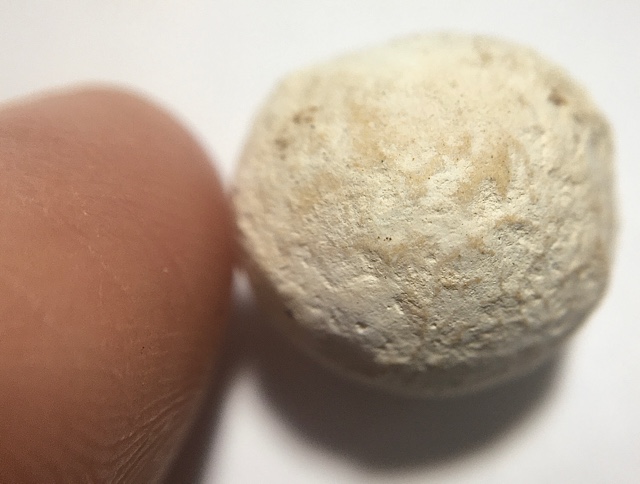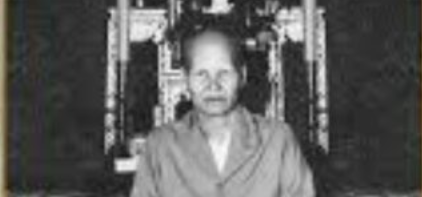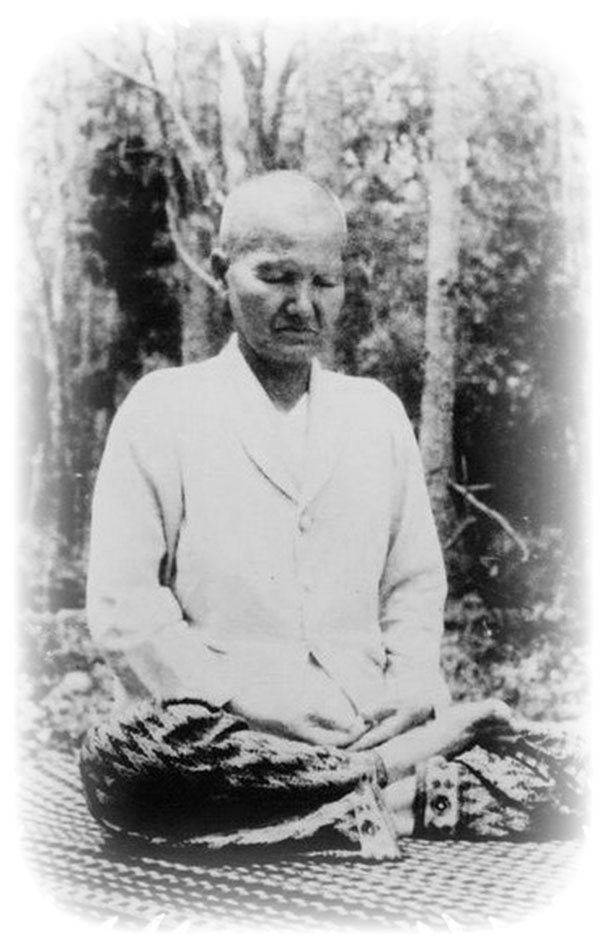The Look Om Sai Poon Sek Mae Chee Bun Ruean is an extremely rare and immensely revered amulet. that is seldomly seen, of the Great Thai Buddhist Nun, Mae Chee Bun Ruean, of Wat Awut; the Sacred Look OM reveals the inimitable Muan Sarn Sacred Powder Admixture, that is instantly recognizable as that of the Mae Chee Bun Ruean Thai Buddhist Nun, and made from her famous ‘Poon Sek sacred Muan Sarn ingredients, which are known for their Buddhakhun Magical Properties.The rear face has hand inscribed Kata ‘Putto’ in Khom Agkhara visible.

The Look Om were made with residual Muan Sarn from the Pra Pid Ta Putto Edition, and were distributed to the closest devotees of Mae Chee Bun Ruean, for they were made in small numbers, and are hence very rare to encounter indeed. Kun Mae Chee Bun Ruean was famous for her Muan Sarn Nuea Poon Sek and other kinds of amulets, such as the ‘Pra Putto Noi’ amulet, Thung Khiaw Hniaw Sap treasure pouches, and Khaw Dtok Pra Ruang Sacred Elements. Her amulets and those in her image enjoy immense reverence with Buddhist Folk of every Province in Thailand, for her great healing powers and her Merits made for Buddism, and her meditative prowess and teachings.
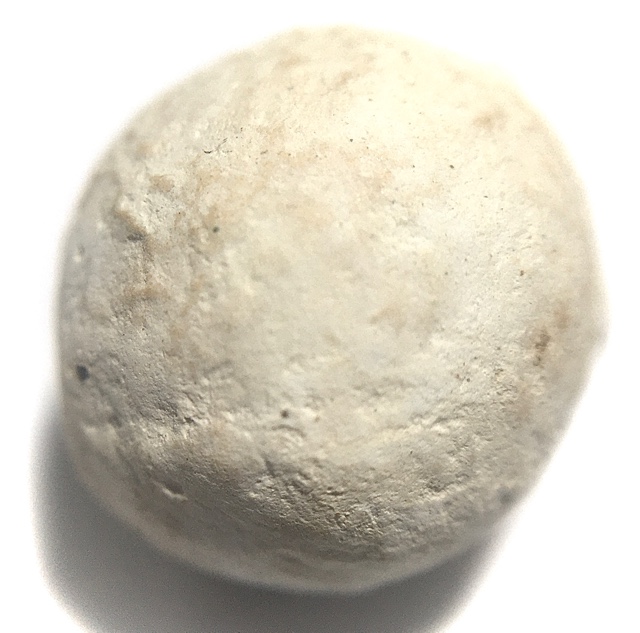
The amulet is empowered for Metta, increased meditative power, the ‘overwatch’ of the Buddhas and the Devas and Bodhisattvas, healling power, protection, and wish fulfillment by holding and praying to, and making wishes, and is a protector against black magic, as well as possessing famouly powerful healing elements.The amulet can be held in the palm of the hand when meditating too, for intensive practices.
Mae Chee Bun Ruean is perhaps the most famous of Thai Buddhist Nuns, which is underlined by the fact that a Buddhist Nun made such great impression and influence in the Thai Buddhist religion is a statement in itself of her great merits to propagate and preserve the Buddha’s teachings, and to lead her devotees towards the true path of practice.

Who was Mae Chee Bun Ruean?
Kun Mae Chee Bun Ruean was a Buddhist Nun whose purity of practice was so exemplary that she became a Buddhist master in her own right in Thailands Theravada tradition, which is highly unusual and a difficult task to acheive, in a Tradition where women are not permitted to ordain as a Bhikkhuni, and must remain in white as a Karavasa Holder of Precepts.
Despite these disadvantages, her great practice, Metta (Compassion) and her teachings, and Charitable Works for Buddhism, brought her to become the most highly beloved Buddhist Nun in the History of Thai Buddhism. She was known to practice and listen to the Dhamma mostly at Wat Sampant Wongs in Bangkok.

Her most famous amulet is of course the ‘Pra Putto Noi’ amulet, which was made in various kinds of sacred powder clay. The most popular model being the ‘Pim Jumbo’ large size model, in its white powder version.
The Pra Putto Noi was created in the year 2494 BE, with the Mae Chee Bun Ruean as the Organiser of the raising of the funds for their making and the Charitable Acts which were planned from the funds. The Pra Putto Noi amulet in its Pim Niyom model, if in pristine state, can fetch tens of thousands of dollars in the high end auction rooms of the Sian Pra Niyom.

Luckily there were many models, and some are still affordable in this time, but they are very far and few to discover for collection. The devotees who wear her amulets walk confidently in faith of the Metta Maha Niyom and Serm Duang Klaew Klaad Powers, and healing effects of the amulets of Kun mae Chee Bun Ruean. Devotees would rub the powders ointment onto giant centipede and snake bites and infected wounds, to heal them.
Her amulets are said to heal illnesses and to improve Karma. They are believed to be full of Puttakun Power to bring auspicious blessings and prosperity, because of Mae Chee Bun Ruean’s life of charitable acts, and her practice of great generosity. They are full of Metta Maha Niyom from Mae Chee Bun Ruean’s Equal treatment and Loving Compassion for all of her devotees regardless of their social or financial status. All were treated with the same Metta.
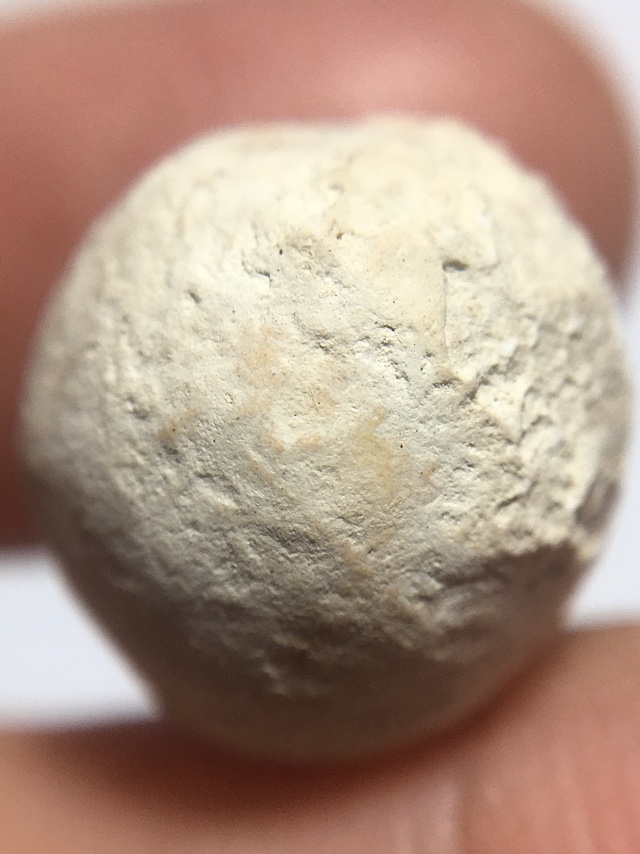
Her purity is believed to have made the amulets she created to be so powerful, and caused her Pra Putto Noi and other amulets to be extremely sought after amulets. She blessed the amulets in 2494 BE, with a ceremonial prayer for the Welfare of the Temple of Wat Awut, in Thonburi. The aim of the funds raised from the edition was to construct the Pra Putto Paas Chinarat Jom Muni, as the ‘Pra Pratan’ Main presiding Buddha Image of the Uposatha Shrineroom at Wat Sarnath Dhammaram temple, in Rayong.
She bestowed permission to Pra Ajarn Sanguan Kosago, the Abbot of Wat Awut Wikasitaram, who had already collaborated in the making of the Pra Putto Noi Amulets which were previously distributed during the Tord Pha Pha robe donation ceremony. Ma Chee Bun ruean also made extra batches to donate to the Monks at Wat Sampant Wongs, for them to give to their devotees who came to make merits.
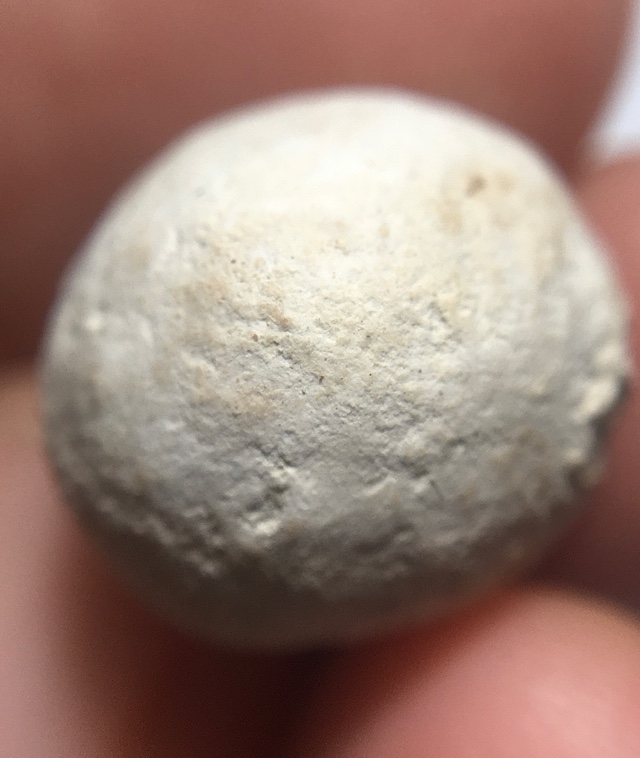
Apart from the Pra Putto Noi amulet, Kun Mae Chee Bun Ruean made various other amulets which are also in extremely high regard for their Sacredness, such as the Pra Chaiyawat Putto Brass Votive Tablet of 2499 BE, and the Rian Pra Putto Jom Muni coin of the Pra Putto Yai Statue Installation Ceremony of 2499 BE.
Another very popular ‘Krueang Rang’ Talismanic Charm of Mae Chee Bun Ruean was the ‘Thung Hniaw Sap” treasure glue purse (lucky purse to attract treasures and money like glue sticks to paper), made in 2497 BE. The treasure purse was made in various colours; white, blue, yellow, pink, red, black, and with various styles and designs. Som were made from sack cloth, others from fine cloths, some were large others small purses. The closures of the purses were also varied, ranging from zip to string closures.

Mae Chee Bun Ruean empowered the Thung Khiaw Hniaw Sap treasure attractor purses at the temple of the Buddha Footprint at Wat Pra Puttabat, in Sra Buri, where they were blessed in a large Buddha Abhiseka ceremony and released in early 2488 BE. Some purses actually had something inside of them, and others didn’t. The purses are reputed for their Maha Pokasap power to increase wealth and professional success, but have also gained a reputation for powerful healing and protection powers too.
